Mar 11,2025●Industry News●By: Gugao Intelligent Equipment Co.,Ltd
CNC (Computer Numerical Control) machining is an advanced manufacturing technology that uses computer programs to control machine tools for the precision processing of various materials. It transforms traditional manual operations into a digital, automated production process, enabling the high-precision and consistent production of complex components. By seamlessly integrating CAD (Computer-Aided Design) and CAM (Computer-Aided Manufacturing) technologies, design data is directly converted into machine tool instructions, achieving an efficient closed-loop process from product design to finished manufacturing.
Since the mid-20th century, rapid advancements in microelectronics, automation, and computer technology have matured CNC technology and enabled its widespread application across manufacturing sectors. Particularly in industries like aerospace, automotive, medical devices, and mold making, increasing demands for precision and repeatability have gradually replaced traditional manual processing with CNC machining. This technology has driven the transition toward high-end intelligent manufacturing.
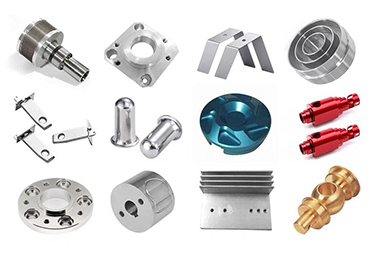
At the heart of CNC machine tools is the numerical control system, which receives digitally planned machining paths—often in the form of G-codes or M-codes—and converts them into precise tool movement instructions using sophisticated algorithms. Servo motors, stepper motors, and linear drives execute these commands, ensuring each cutting path meets the design specifications. This high degree of automation significantly shortens production cycles while enhancing machining accuracy.
Modern CNC machines are equipped with various sensors and detection systems that monitor tool position, feed rate, temperature, and vibration in real time, forming a closed-loop control system. With continuous feedback, the machine can automatically correct minor deviations, ensuring stable and consistent machining throughout the process. For example, during high-speed cutting, a vibration detection system may adjust the cutting parameters on the fly to avoid errors due to vibrations, thereby achieving the required precision.
Product Design: Advanced CAD software is used to create 3D models and part designs, taking into account machining processes and fixturing to ensure manufacturability.
Tool Path Planning: CAM software is employed to simulate machining operations on the model, optimizing tool paths and arranging the cutting sequence and parameters to achieve the most efficient material removal strategy.
Programming and Verification: The planned tool paths are converted into CNC programs (G-code) and validated through simulation in a virtual environment before being uploaded to the machine tool.
Before machining, the appropriate material must be selected based on design requirements. Common materials include metals (aluminum, stainless steel, brass, copper, mild steel, alloy steel, tool steel, spring steel) and non-metals (ABS, nylon, polypropylene, etc.). The design of the fixturing system is equally critical, as it ensures the workpiece remains stable and accurately positioned during machining. Precision fixtures not only secure the workpiece but also minimize errors caused by vibrations.cnc machining parts
3-Axis Machining: Involves cutting along the X, Y, and Z axes, suitable for flat machining, drilling, and milling. Its simple structure and lower cost make it ideal for high-volume production where standard precision requirements are met.
4-Axis Machining: Adds a rotational axis (usually A or B axis) to the basic 3-axis setup, allowing the workpiece to be rotated for efficient machining of its sides or angled surfaces. This process is particularly useful for machining curved or oblique surfaces.
5-Axis Machining: Incorporates two additional rotational axes (commonly A and B or C axes), allowing simultaneous control of the tool and workpiece at multiple angles. This not only greatly improves machining precision but also reduces the number of setups, making it widely used in aerospace, high-precision mold making, and complex surface machining.
CNC Turning: Utilizes the rotation of the workpiece and a fixed cutting tool to machine symmetric parts (such as shafts, cones, or cylinders), offering high efficiency and automation in mass production.
After the initial machining, parts often undergo additional treatments to enhance surface quality and functionality:
Standard Grinding: Uses abrasive wheels or other grinding tools to smooth out the surface, remove burrs, and achieve a high level of finish.
Oxidation Treatment: Employs chemical or electrochemical methods to create a dense oxide film (such as anodizing on aluminum) on the metal surface, enhancing corrosion resistance and hardness.
Electroplating/Silver Plating: Utilizes electrochemical deposition to coat the workpiece with a thin layer of metal, not only improving its appearance but also enhancing electrical conductivity and wear resistance.
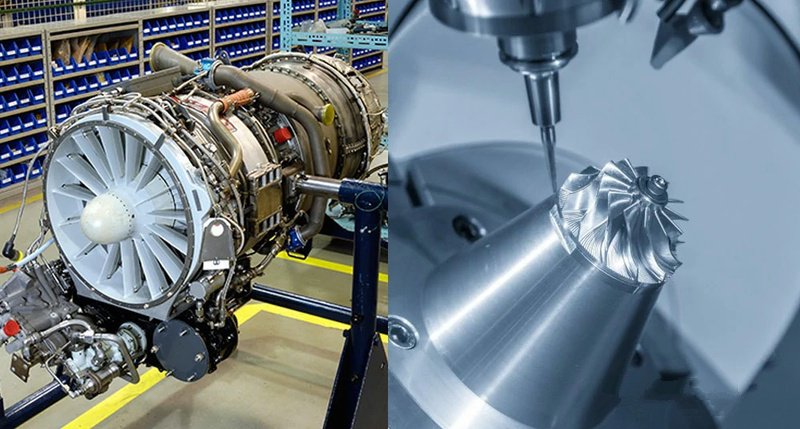
High Precision and Repeatability: The CNC system ensures that every part is machined within strict tolerances, making it ideal for mass production.
Automation and Flexibility: CNC machining significantly reduces manual intervention, and by simply changing the program, different parts can be manufactured on the same machine, greatly boosting production flexibility and efficiency.
Capability to Process Complex Parts: Multi-axis machining enables the production of intricate surfaces and components that would be impossible with traditional machining, thus expanding design possibilities.
Digitalization and Data Storage: Machining data can be stored and reused over the long term, facilitating process optimization, quality tracking, and iterative product improvements.
High Initial Investment: The cost of high-precision machines, specialized software, and ongoing maintenance can be substantial, posing a challenge for small and medium enterprises.
High Requirements for Programming and Operation: CNC machining demands specialized skills for program writing and operation, making it challenging for beginners without proper training and experience.
Stringent Maintenance and Calibration: To maintain high precision, regular calibration and maintenance of machines and sensors are necessary, and repairs can be costly.
Size and Workpiece Limitations: Despite continuous improvements in machine bed sizes, there are still limits in terms of maximum workpiece dimensions, weight, and stability during machining.
3-axis machining is the most fundamental form of CNC processing, ideal for tasks such as planar milling, drilling, and slotting. Its simplicity, efficiency, and ease of maintenance make it indispensable for high-volume production of standard parts.
By adding a rotational axis to the traditional 3-axis setup, 4-axis machining allows for the simultaneous machining of a workpiece’s sides or angled surfaces. It is especially beneficial for producing complex contours, such as those found in helical gears and mold side surfaces.
5-axis machining technology controls multiple axes simultaneously, allowing the tool and workpiece to be positioned at virtually any angle. Its advantages include:
Ability to Machine Complex Freeform Surfaces and Irregular Parts;
Reduced Fixturing and Setup Errors by Minimizing Workpiece Clamping Changes;
Improved Efficiency and Shortened Production Cycles.
This technology is widely applied in aerospace, automotive mold production, and high-precision medical equipment, demanding high machine rigidity and sophisticated programming.
CNC turning uses the relative motion between a rotating workpiece and a stationary cutting tool to machine cylindrical, conical, and similar symmetric shapes. Key parameters include rotational speed, feed rate, and tool geometry, which must be carefully adjusted to achieve high surface quality and dimensional accuracy.
Aluminum: Known for its excellent machinability, lightweight properties, and corrosion resistance, aluminum is widely used in aerospace, automotive, and consumer electronics. Its lower cutting forces allow for faster machining speeds.
Stainless Steel: With high strength, hardness, and excellent resistance to high temperatures and corrosion, stainless steel is often used in medical devices, chemical equipment, and high-end mechanical parts, though it typically requires specialized tooling and cooling methods due to its machining difficulty.
Brass and Copper: Both offer excellent electrical and thermal conductivity. Brass is easy to machine and provides attractive surface finishes, while copper is indispensable for high-conductivity applications.
Mild Steel, Alloy Steel, Tool Steel, and Spring Steel: Each type has its unique mechanical properties—mild steel is suitable for welding and stamping; alloy and tool steels are chosen for their wear resistance and compressive strength in high-load parts; spring steel is valued for its elasticity, making it ideal for springs and fasteners.
ABS: Offers good toughness and impact resistance, making it popular for casings and decorative parts.
Nylon: Known for its high strength and abrasion resistance, often used in gears and bearings.
Polypropylene: Exhibits excellent chemical stability and corrosion resistance, making it ideal for food and pharmaceutical packaging applications.
For each material, CNC machining must consider not only its mechanical properties but also factors such as thermal expansion, heat dissipation, and tool wear, thereby determining the appropriate cutting parameters and cooling strategies.
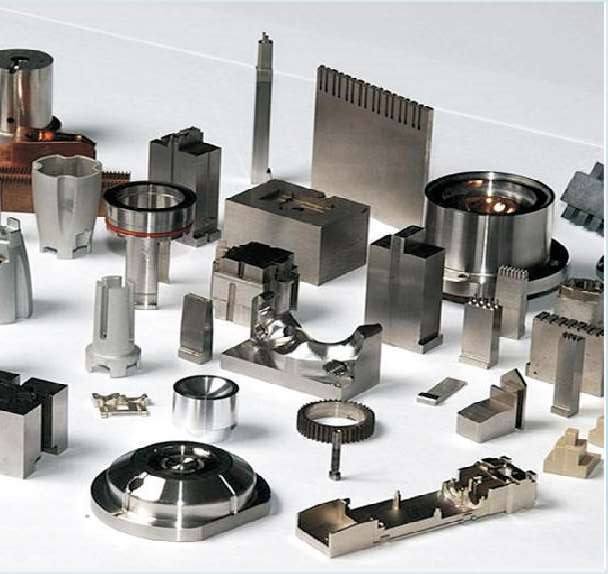
After the primary machining process, post-processing is crucial to enhancing both the performance and appearance of the finished parts. Common post-processing techniques include:
Standard Grinding: Using precision grinding wheels to smooth out the workpiece surface, removing burrs and achieving a high gloss finish—essential for decorative components or precision parts.
Chemical/Anodizing Oxidation: Particularly for aluminum, anodizing creates a robust oxide film that improves corrosion resistance and wear properties while also offering aesthetic enhancements through coloring.
Electroplating (including Silver and Nickel Plating): This process deposits a thin metal layer on the workpiece via electrochemical means, which not only improves electrical conductivity but also enhances oxidation resistance and decorative appeal, widely used in electronics, automotive, and decorative industries.
Each post-treatment method is tailored to the material and the desired final properties, with manufacturers often developing custom solutions based on product usage, environmental conditions, and client requirements.
CNC machining achieves strict tolerance control across all dimensions through precise programming and high-accuracy machine tools. International tolerance standards (such as ISO and ANSI) are widely applied in both design and manufacturing. To meet design specifications, engineers perform precise measurements on every surface, hole, and edge using coordinate measuring machines (CMM) and laser detection systems, continually adjusting machining parameters to ensure full compliance.
Even though modern CNC machine tools offer ever-expanding work areas, limitations still exist regarding maximum travel distances, tool lengths, and workpiece stability. During the design phase, it is essential to consider the machine's capabilities and workpiece dimensions to avoid deformations or machining errors caused by exceeding the machine’s operating range. Additionally, complex workpiece geometries necessitate sophisticated fixture designs and careful tool path planning, all of which must be thoroughly evaluated during the process planning stage.
We are not a CNC OEM parts service, if you are looking to have parts machined, you can go here. We are a manufacturer of CNC machining center machines, and we sell our machines for the whole world. Now we are recruiting strong agents worldwide, if you are interested, you can contact us, you can talk about agent discount in detail.
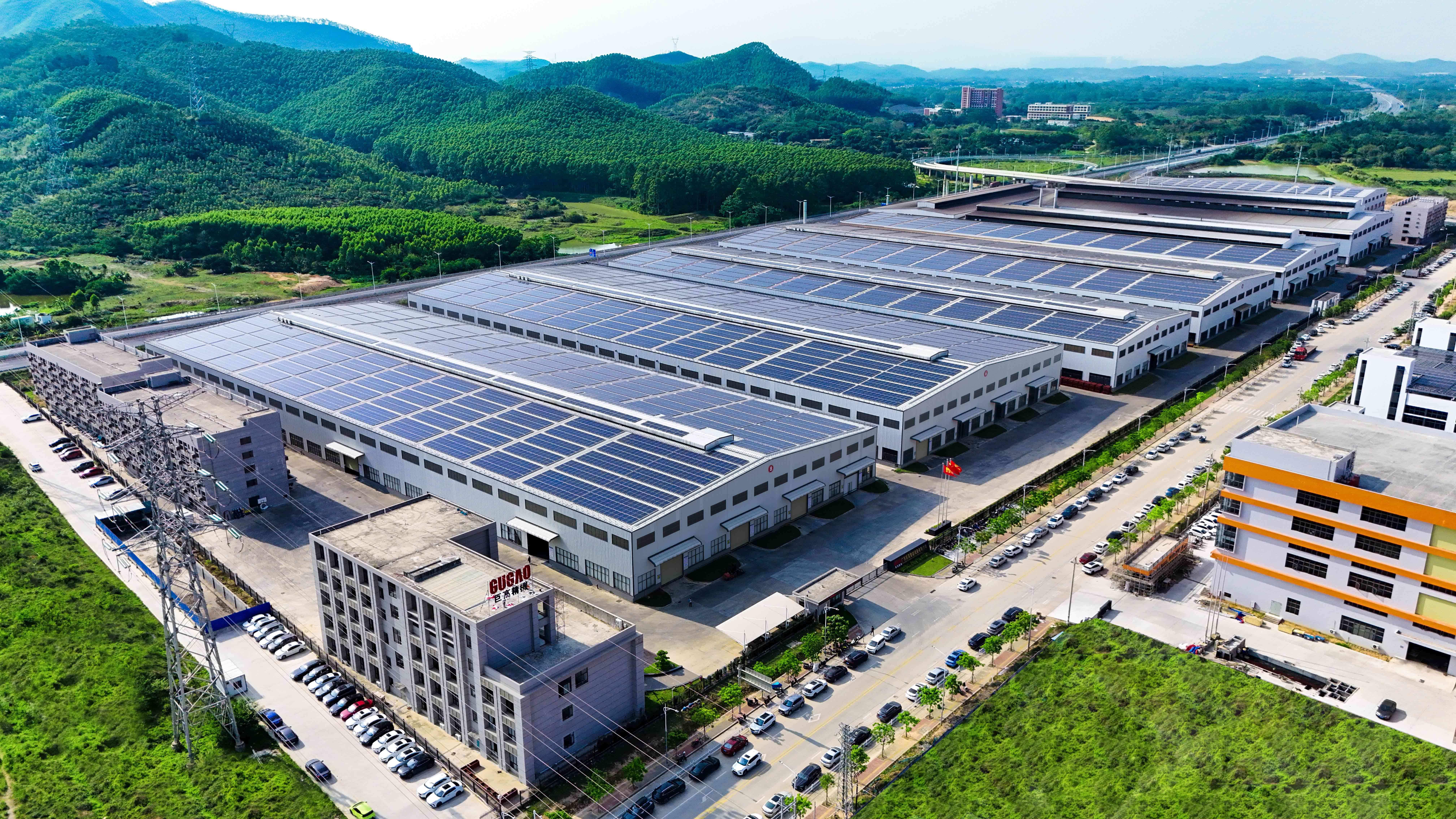
Apr 09,2025 Company News
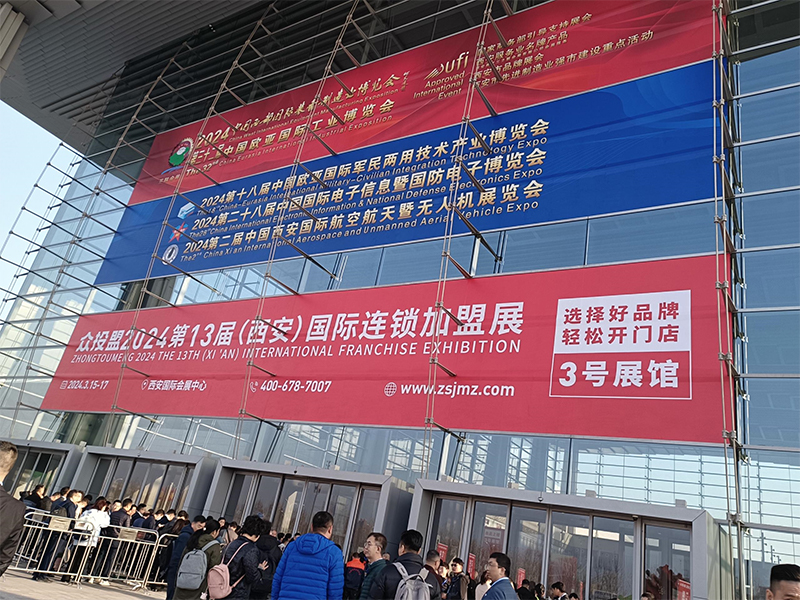
Jan 15,2025 Company News
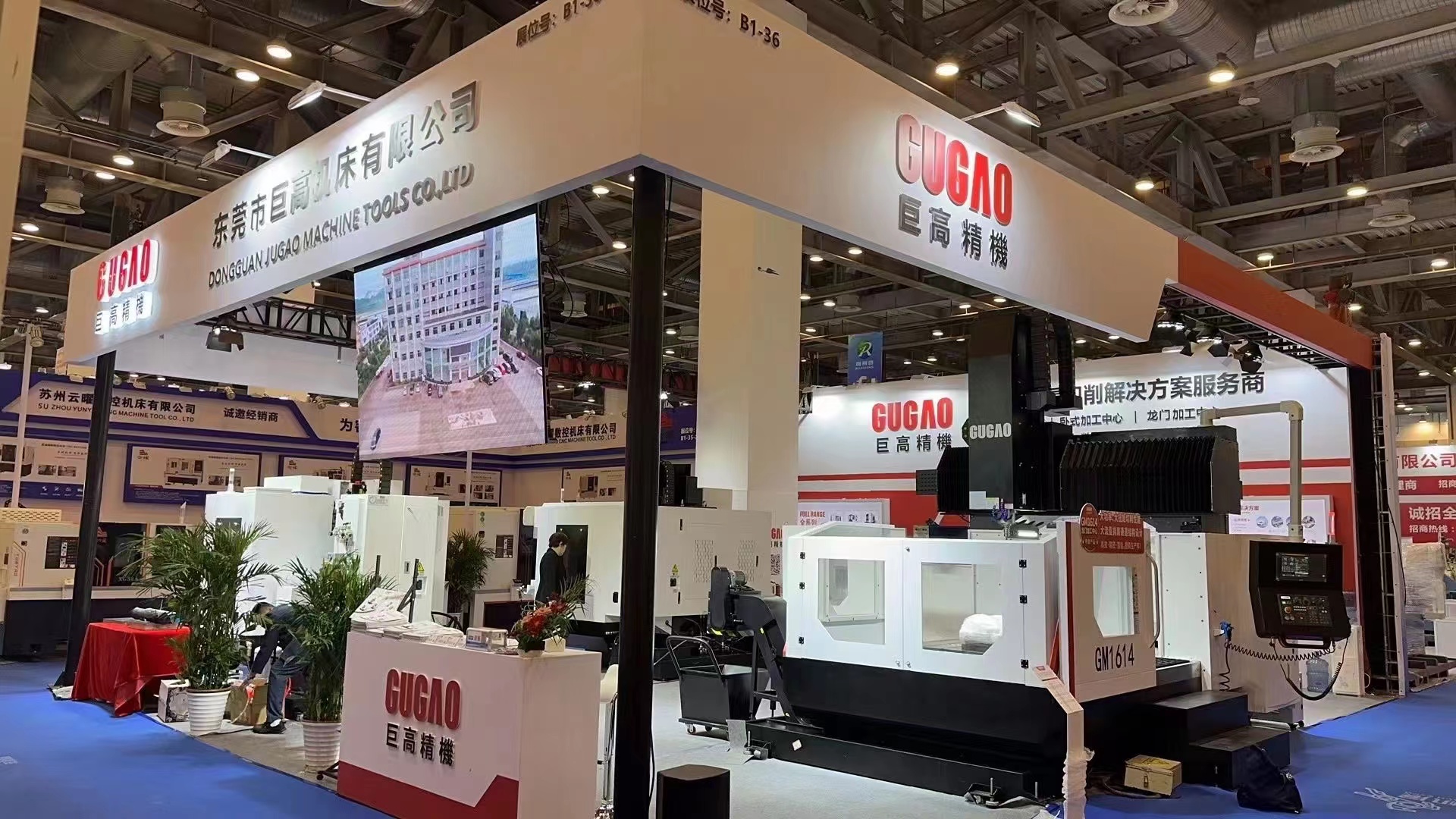
Jan 14,2025 Company News

Hi! Welcome back.
How are you doing?

High-end intelligent equipment overall solution provider
+86 138-0962-2930
No. 772, Meijing West Road, Dalang Town, Dongguan, China